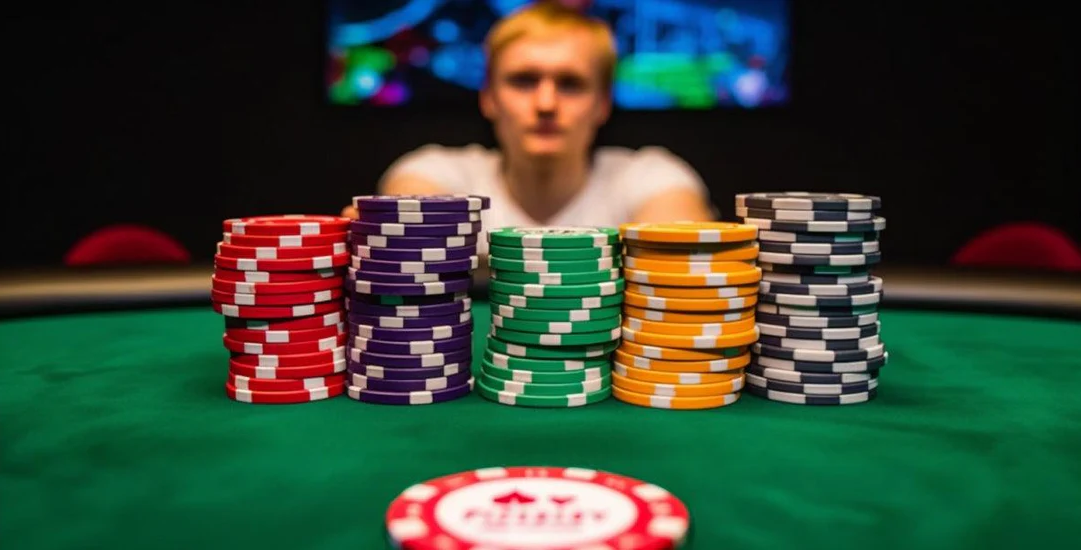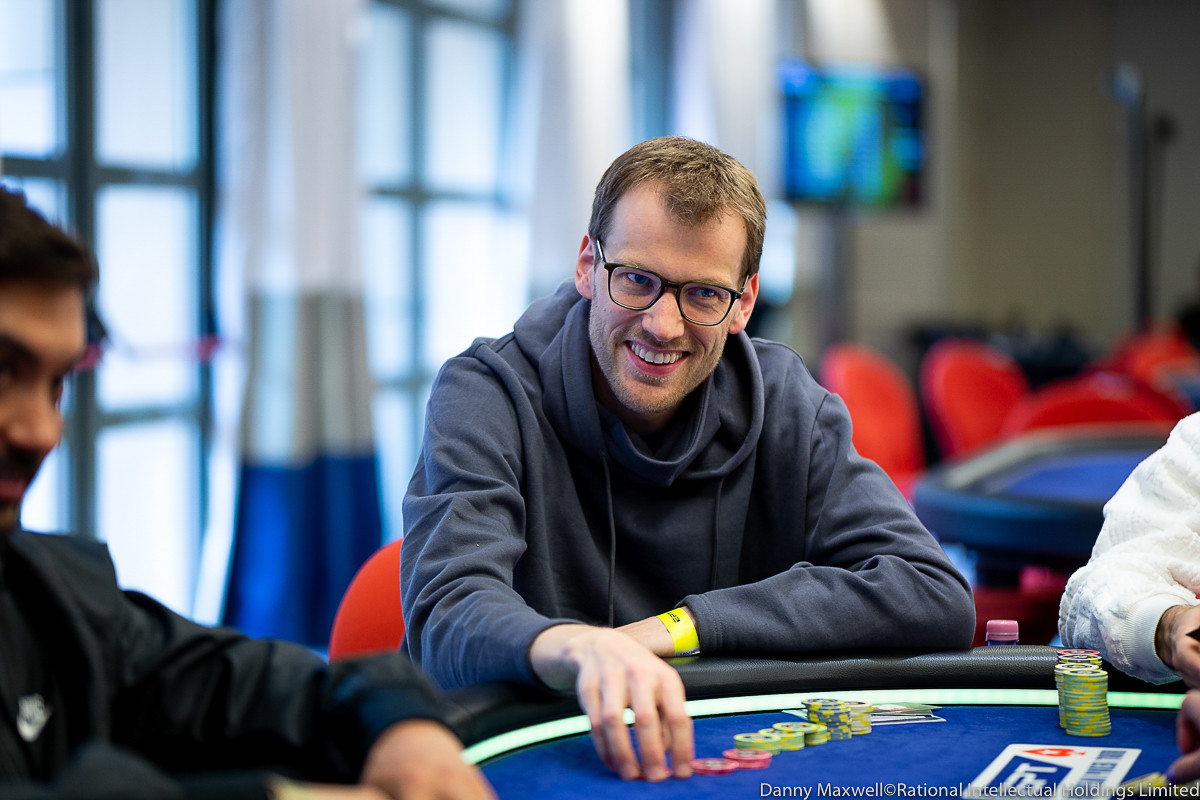Germany has firmly established itself as a powerhouse in the poker world. Gamblizard Germany a branch of the Gamblizard platform focusing on the German market recently compiled a list of the best German poker players of the year. According to the Gamblizard team, this initiative was inspired by Germany’s outsized impact on the global poker scene over the last decade. German players have emerged as a dominant force internationally, so the list shines a light on both the established legends and the new rising stars making a name for themselves. Notably, the list is rooted strictly in facts and achievements from live tournament winnings to online poker accolades and is meant to celebrate Germany’s poker excellence while giving fans an objective look at who’s leading in 2025.
Dominating the Global Stage
- When it comes to German poker greatness, one name tops the list: Fedor Holz. Often regarded as a poker prodigy, Holz became Germany’s all-time money leader with over $50 million in live tournament earnings while still in his early twenties. In total Holz now holds two WSOP bracelets and is widely seen as one of the world’s top poker players. Even after stepping back from full-time play, Fedor Holz continues to appear in select high-roller events and post big results, cementing his status as a living poker legend.
- Another German mainstay on the global scene is Christoph Vogelsang, known for his analytical style and over $41 million in live earnings. Vogelsang’s résumé includes a victory in the prestigious 2017 Super High Roller Bowl for a $6 million payday, and a third-place finish in the 2014 Big One for One Drop for $4.48 million. Rainer Kempe, who emerged alongside Holz and Vogelsang, has likewise proven himself with approximately $22 million in live winnings.
- Kempe won the second edition of the Super High Roller Bowl for a $5 million prize famously defeating Fedor Holz heads-up in the finale a victory that underscored German dominance in high-roller events. Since that milestone win, Rainer Kempe has been a fixture at elite final tables, consistently placing deep in major tournaments.
- Dominik Nitsche also stands out for his prolific achievements, boasting over $21 million in live winnings and a remarkable four WSOP bracelets – more than any other German player. Nitsche clinched his first bracelet at just 21 years old in 2012 and later took down the €111,111 High Roller for One Drop in 2017 for €3.5 million, demonstrating extraordinary consistency in big events.
- Germany’s poker legacy wouldn’t be complete without its world champions. Pius Heinz made history as the first German to win the WSOP Main Event, earning $8.7 million for his 2011 victory. Hossein Ensan followed as the second German Main Event champion in 2019, taking home a $10 million prize in poker’s most prestigious tournament. These breakthrough victories by Heinz and Ensan not only made them overnight millionaires, but also inspired a wave of fellow countrymen – including Koray Aldemir, who admitted he was motivated after watching Heinz win on television. Together, this mix of veteran world champions and high-roller regulars exemplifies how Germany’s top tier continues to dominate the global stage.

Rising Stars to Watch
The accomplishments of Germany’s established stars are impressive, but the country is also continually producing new poker talent. One rising phenom is Leon Sturm, a young pro often dubbed the “next Fedor” in German poker. In 2023, Sturm announced himself on the world stage by achieving an astonishing feat: within the span of a single week, he won a $50,000 High Roller event at the WSOP and then another major tournament – an almost unheard-of run that earned him multiple seven-figure prizes. That incredible week also brought Sturm his first WSOP bracelet and vaulted his live tournament earnings to over $8 million in a very short time. It’s no surprise many see him as the heir to Holz’s throne among German poker elites.
Beyond Sturm, several other promising German players are making waves. Leonard Maue, for example, transitioned from online grind to live success with a breakout performance on the European Poker Tour: he finished runner-up in the 2023 EPT Monte Carlo Main Event for a career-high ~$768,000, then came back the next year to win a high roller title in Barcelona. Christopher “Lissy” Frank is another new-generation pro who cut his teeth online and has since tallied impressive live results, including a few deep runs in WSOP events and roughly $6 million in live earnings so far. Other notable up-and-comers include Daniel Smiljkovic and Christian Rudolph; notably, Rudolph clinched a WSOP Online High Roller bracelet in 2020, underscoring that German excellence extends to the virtual felt as well. Each of these young pros has already scored six- or seven-figure tournament successes in the past year, highlighting the strength of Germany’s poker talent pipeline.

Germany’s Poker Culture and Future
Germany’s poker success didn’t happen by accident it’s fueled by a culture of discipline, rigorous study, and group camaraderie. In fact, many of the country’s top players honed their skills together, discussing strategy and working on their game collaboratively. This peer-group study environment produced a wave of incredibly skilled players often referred to by railbirds as the “German High Roller crew,” whose members collectively rose to poker’s elite ranks. Such camaraderie and shared dedication helped propel an entire generation of German pros to the highest levels of the game.
Looking ahead, Germany’s poker scene shows no signs of slowing down. The nation’s top players continue to rack up titles worldwide while new stars constantly emerge to challenge them. It’s expected that more German names will be etched on major trophies in the coming years whether it’s another WSOP Main Event champion or further dominance of the high-roller circuit. Even recent regulatory hurdles haven’t stemmed the momentum. Some German pros have relocated to neighboring countries for more favorable playing conditions, but the flow of German poker talent remains as strong as ever, with top players simply basing themselves where they can compete freely.
In essence, Germany has built a self-sustaining poker ecosystem. Today’s established champions often mentor or inspire the next generation, and a data-driven, highly analytical approach to the game has become the norm. German professionals are renowned for being exceptionally well-prepared and fundamentally sound it’s often said that they “do not like getting bluffed” and this mindset, coupled with their ongoing success, means the future of German poker is undeniably bright.
Conclusion
As the Gamblizard team’s analysis shows, German poker is flourishing at every level. The country’s top poker players today range from legendary champions dominating high-stakes events to fresh-faced talents making their mark at final tables, all contributing to a poker culture that prizes skill, preparation, and perseverance. The list compiled by Gamblizard Germany is not just a ranking but a tribute to Germany’s poker excellence past, present, and future.
By highlighting both established stars like Fedor Holz and rising phenoms like Leon Sturm, Gamblizard Germany’s report showcases the full spectrum of German poker talent. For poker fans, Germany’s prominence on the world stage is a point of pride, and for aspiring players it’s a source of inspiration there’s much to learn from the disciplined approach of these German pros. Gamblizard will continue to follow these top poker players and update readers on their achievements, ensuring that Germany’s status as a poker powerhouse is recognized and celebrated across the globe.




